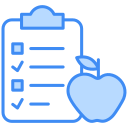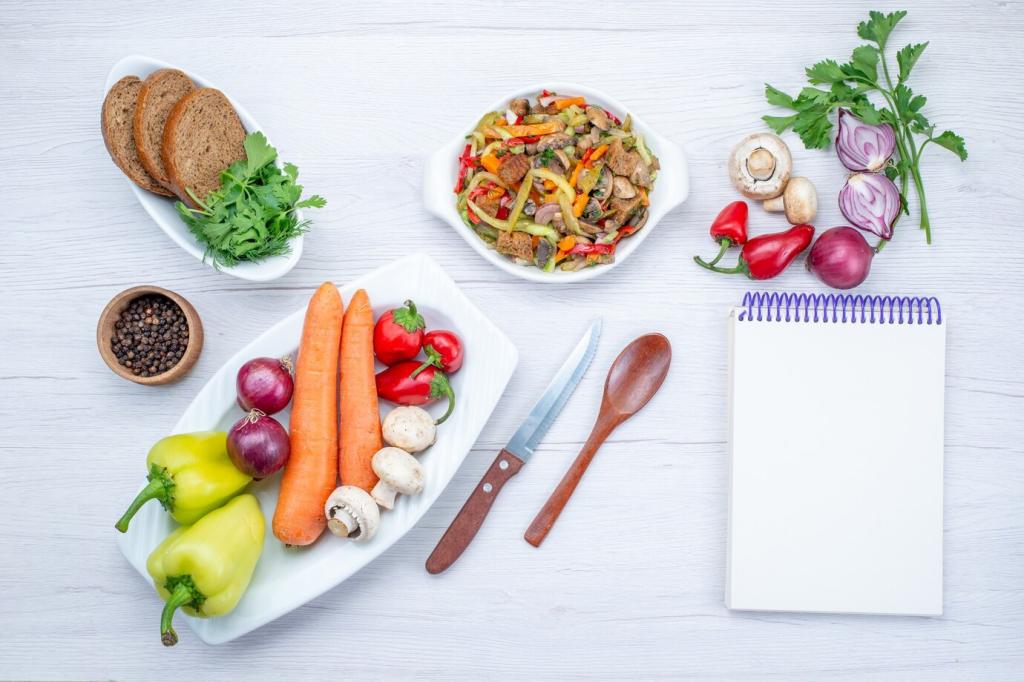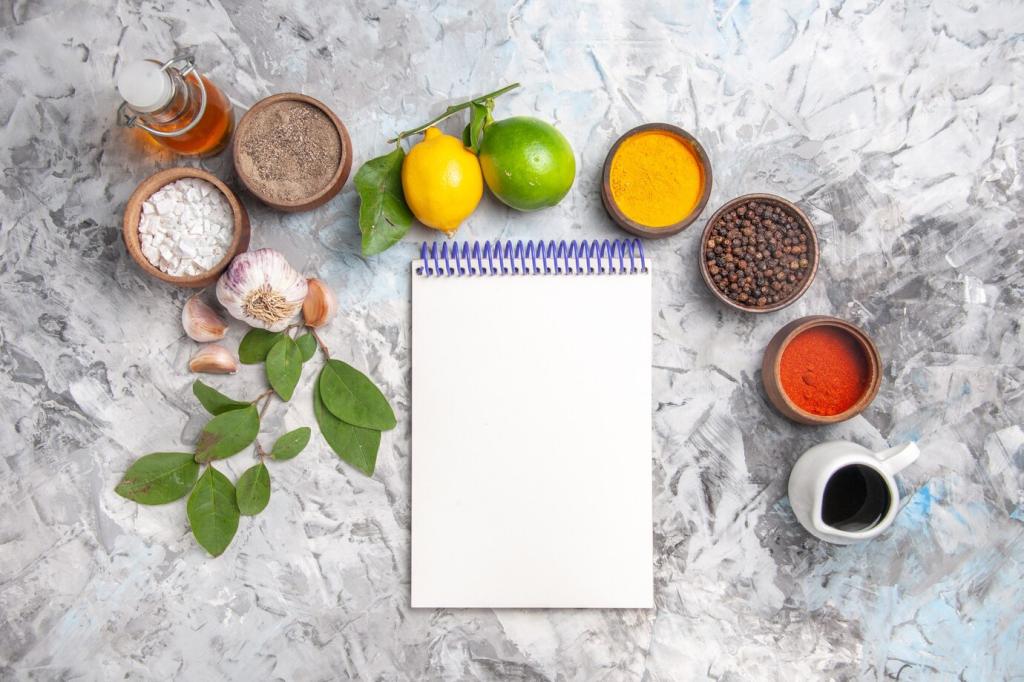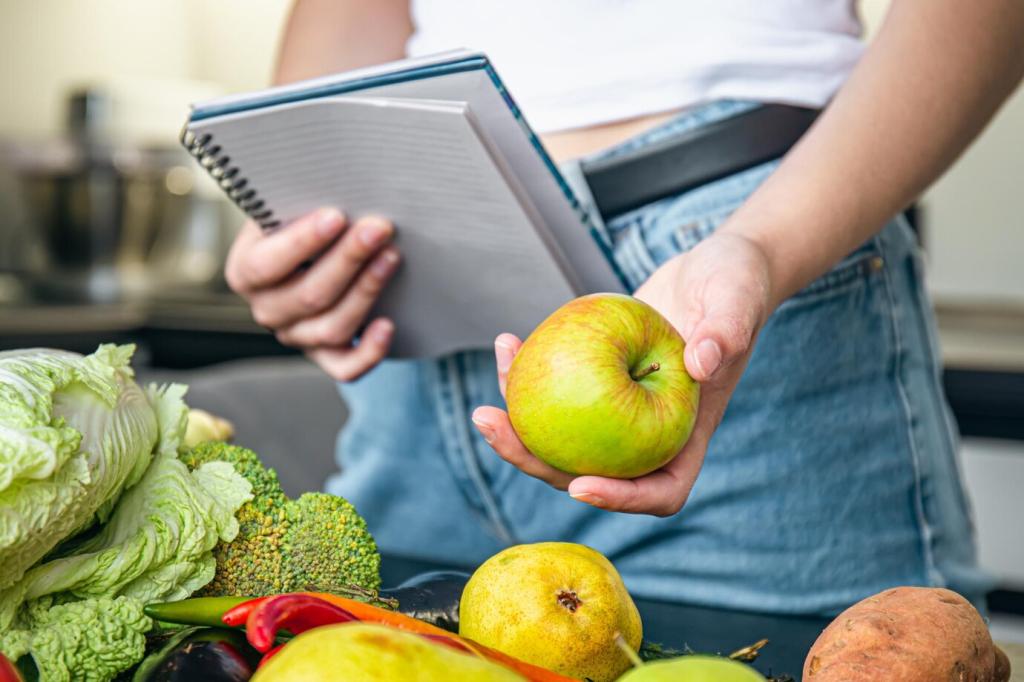Timing: Before, During, After
Two to three hours before, sip roughly 500 milliliters, then another 200 milliliters 20 minutes out if you tend to sweat heavily. Add a little sodium for hot days or long efforts to help your body hold onto fluid. Check in—arrive ready, not waterlogged.
Timing: Before, During, After
Aim to replace a portion of your sweat, not every drop. A common range is 400 to 800 milliliters per hour, adjusted by sweat rate, heat, and pace. Short, frequent sips keep gut comfort high. For sessions over an hour, include electrolytes to maintain balance and performance.





